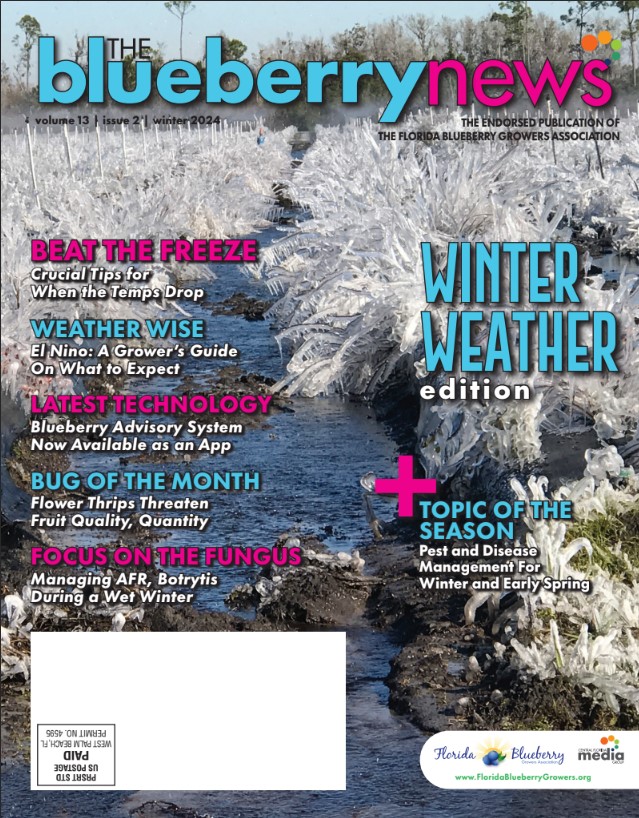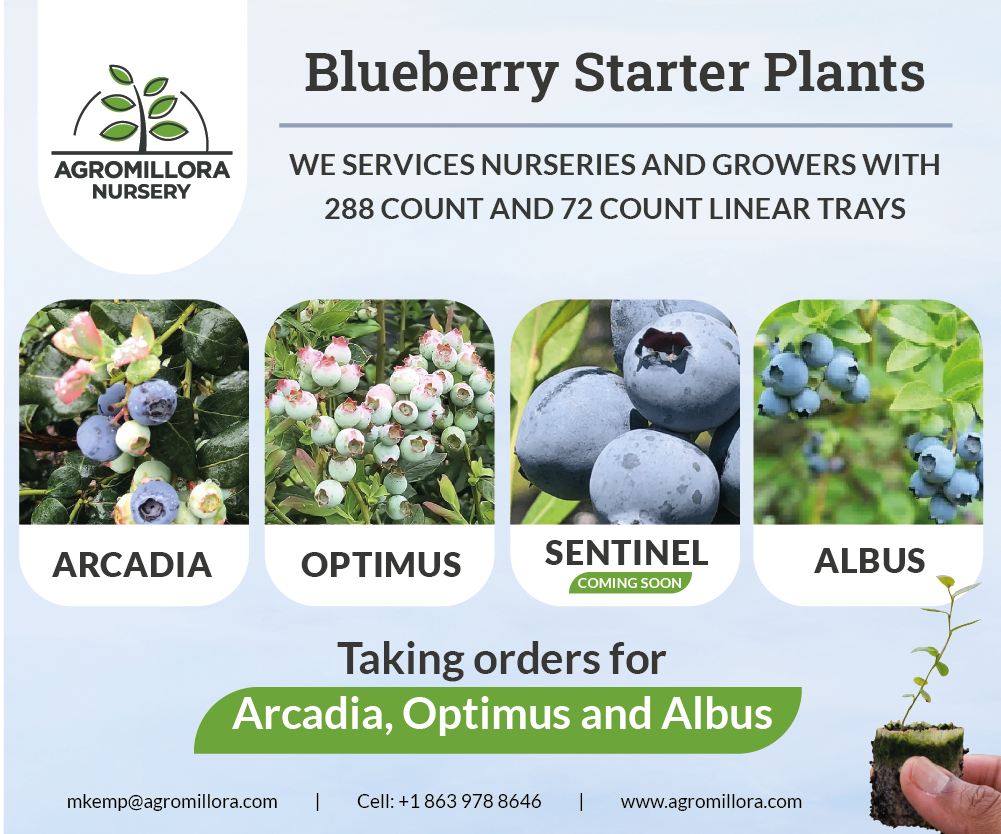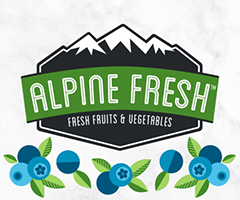Plan to Celebrate and Capitalize on National Blueberry Month
It’s April, which means National Blueberry Month is just three months away! The U.S. Highbush Blueberry Council (USHBC) is gearing up for an epic celebration.
Throughout the month of July, USHBC will be unleashing the power of blueberries nationwide and inspiring consumers to show how blueberries give them a boost. The campaign – which includes media relations, social media activations, and experiential marketing – will connect blueberries to the best parts of everyday life, driving engagement and demand. Even better, it’s all for a good cause: As part of the month-long celebration, USHBC is partnering with No Kid Hungry to provide kids in need up to 500,000 meals during the month. Each social post by consumers about blueberries throughout July will equal a $1 donation to help feed kids in need.
Florida growers can get involved this summer by taking part and engaging with USHBC resources and activities. Download the resources in the National Blueberry Month toolkit – available at ushbc.org/toolkits — which will be updated with new marketing tools and promotional ideas throughout April to give you plenty of time to plan your July marketing.
The toolkit offers social media graphics, digital materials, new recipes, and even a fun 31-Day Challenge that you can use to engage your audiences and encourage consumer participation in unique ways all month long. Keep an eye on USHBC’s Facebook and Instagram pages @blueberries for lots of inspiration and ideas.
“A collective effort to get consumers to ‘grab a boost of blue’ during the month of July will pay off big for the blueberry industry,” says USHBC V.P., Marketing & Communications Jennifer Sparks. “Taking advantage of this timely opportunity to spotlight blueberries helps to turn blueberry consumers into blueberry enthusiasts.”
Capitalize on National Blueberry Month to Generate News
What more can Florida growers do on a local level? Engage your local media. Generating news coverage is a powerful way to capture consumers’ attention and get them thinking about blueberries. Reporters are more likely to cover news that is timely and local.
“Working with the media is also an opportunity to establish your business as the local expert, which helps you establish thought leadership with your customers, community, and stakeholders,” says Sparks. “While USHBC is working to garner media coverage nationwide, Florida growers can use National Blueberry Month as a timely opportunity to capture the attention of local media.”
USHBC offers these media-savvy tips:
HOST A MEDIA EVENT
-
Tie in with National Blueberry Month Community event: Are you planning any community events or tours during National Blueberry Month? Let the media know! Even if you are not a U-pick farm, consider opening up your farm for a day where kids and families can come to learn about how blueberries are grown. People like to be educated about the food they love. If your crop isn’t at peak, you can still plan fun Blueberry Month activities for kids and showcase blueberry tips, facts, and recipes. It’s all about using National Blueberry Month as an opportunity for your business to tie into a timely calendar event.
Send a media advisory via email with the “who, what, where, when” for your event a week prior. This will provide them with ample time to schedule coverage and have the information they need. Be sure to follow up!
-
Host reporters: Even if you don’t hold a community event, invite your favorite reporter to come learn more about blueberries and your farm firsthand -- a behind-the-scenes look at how blueberries are grown, how long your business has been part of the community, the state of your region’s industry. National Blueberry Month provides the perfect opportunity to get your foot in the door of your local media outlets and establish key relationships that can pay off throughout the year.
CONTACTING THE MEDIA
-
Create a Media List: Make a list of newspapers, magazines, TV and radio stations, news-related websites, event calendars and/or blogs in your community. You may want to ask a local organization or the local Chamber of Commerce if they have a list they would share. (Note: You don’t have to go after every news outlet. Pick your favorite two or three and start there.)
Once the research is complete, you’ll be ready to build a media list. Find email addresses, phone numbers, and social media accounts for reporters covering events, local news stories, health, lifestyle, and/or food. Be sure to include assignment editors, producers, and freelance reporters to your list.
If you can’t find the specific contact information online, call the outlet’s news desk to get the answers you need. A well-organized spreadsheet will go a long way in keeping everything straight and make outreach easier. Be sure to check back periodically to make sure your list is up to date.
-
Know Who You’re Pitching: Once you develop your list, get to know the media outlets and reporters. Read the papers, watch the shows, and listen to the radio stations to get a sense of the reporters’ interests and themes. Start thinking about how your knowledge can help extend the reporters’ subject matter further. When you make your pitch, let the writer know how and where your idea might fit. Think of the idea through the reporter’s eyes — how will this piece be of interest and need to their audience? How will it meet their criteria?
-
Timeline for Media Event Outreach: Having a strategy will help keep you on track for a successful media event:
-
One to two week(s) prior: Email your media advisory and make follow-up calls to confirm it’s been received. Pitch the story to your local news outlets that would run in advance of the event such as a profile on your business or a preview of the event. Two to three business days before: Resend the advisory to unresponsive media to make sure that you’re still on their radar. Make another round of follow-up calls and ask if they plan to cover the event so you will know to look for them.
-
The day of the event: Make note of the name, outlet, e-mail, and phone number to keep track of reporters who come.
-
After the event: Follow-up with media that attended to thank them for their time and offer yourself for future media needs. For media that didn’t attend the event, consider sending pictures and a post-event press release. Be sure to share any media coverage you receive on your social media channels!
CREDIT:
JENNIFER SPARKS, USHBC





